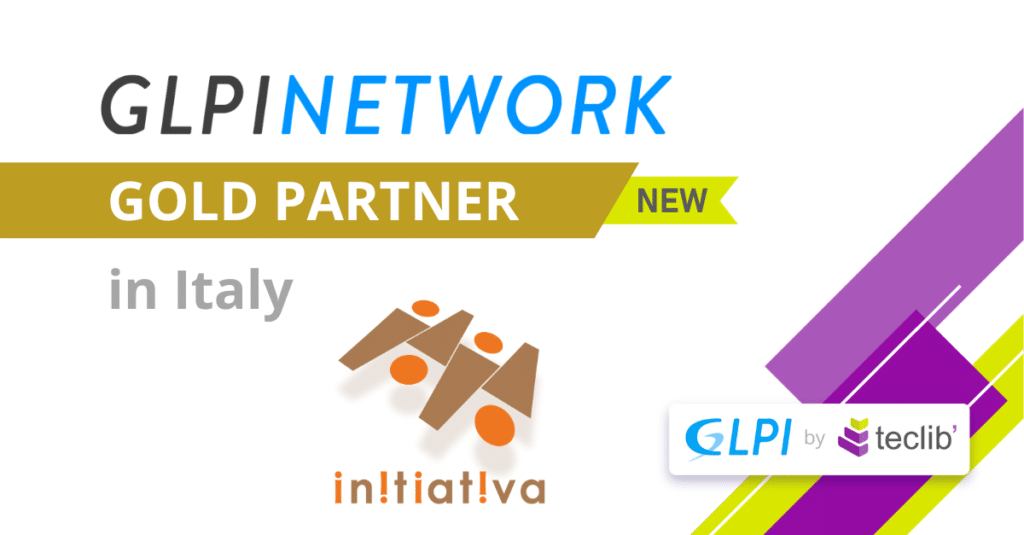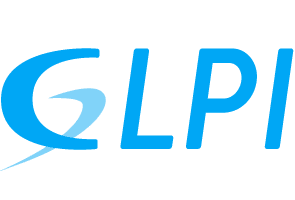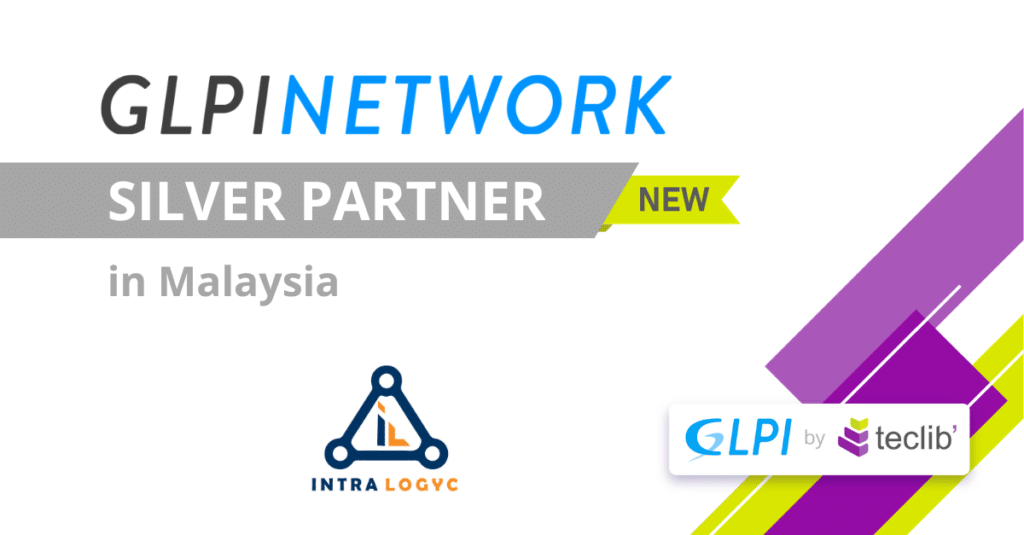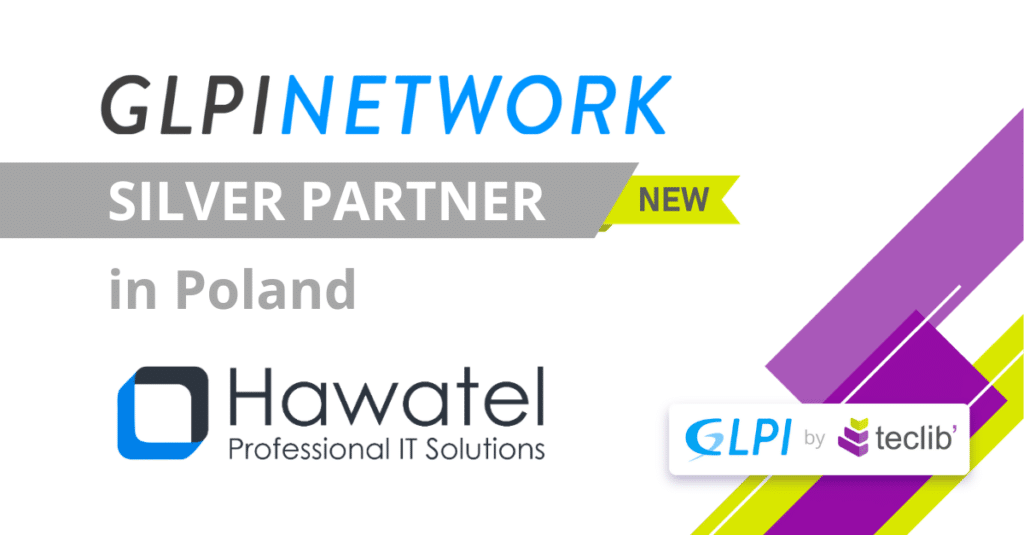Over the last three days, it-sa Nuremberg brought together the main players of the IT security industry, with approximately 800 exhibitors showcasing their expertise. At the event, GLPI, in collaboration with our partners from Würth Phoenix and Gravitate, took the spotlight as they presented their comprehensive monitoring solution, NetEye. This presentation captivated the attention of visitors, providing them with profound insights into how NetEye seamlessly integrates monitoring and surveillance across all components, including Asset Management, into a centralized solution. “At the end of the day, the primary goal for IT professionals remains constant: ensuring uninterrupted application availability for end-users. Downtimes are simply not an option; they underpin the very core of all business processes,” eloquently summarizes Claus Huber, CEO of Gravitate, as he encapsulates the challenges faced by our valued customers.
NetEye, SIEM, and SOC – Seamless Synergy
The visitors showcase featured the application of NetEye with SIEM technology within Security Operations Centers (SOCs), alongside integrated asset management enhancements enabled by GLPI. “We resonated with a multitude of visitors through our presentation of NetEye and GLPI,” notes Georg Kostner, Business Unit Manager and NetEye Mastermind at Würth Phoenix. “The positive response at our booth and the subsequent follow-up appointments further reinforce our commitment to in-house development, close partnerships, and platform expansion,” Kostner emphasizes.
20 Years of Development with Visions that Became Reality
Two decades ago, Würth Phoenix embarked on a journey to develop a holistic solution for IT monitoring, including GLPI. This endeavor was inspired by the realization, gleaned from numerous Systems Management and Security projects, that existing singular solutions on the market catered to highly specific requirements, leaving a critical gap in comprehensive monitoring. No solution could seamlessly amalgamate all facets of information security and business-critical data into monitoring, thereby creating a real-time depiction of IT impact chains.
Cyberattacks are on the Rise – Path Attack Management with XM Cyber
Another highlight at our partners booth was the unveiling of XM Cyber’s Path Management, harnessing the power of artificial intelligence. As an XM Cyber partner, Gravitate showed how Attack Management adopts the attacker’s perspective, scrutinizing an entire company’s IT landscape through the eyes of an intruder. It seeks to identify the quickest and easiest routes to access the ‘crown jewels,’ the most precious information within the organization. The analysis results inform the most efficient security enhancement measures. The considerable interest in XM Cyber is no coincidence. Data theft and digital espionage inflict an annual cost of €206 billion on the German economy, with the actual figure likely being much higher due to underreporting. Moreover, the threat of cyberattacks fueled by artificial intelligence has significantly intensified in recent times. XM Cyber addresses this critical gap in cybersecurity.
Together with our partners from Würth Phoenix an GLPI we look forward to your visit on October 22-24, 2024, at Hall 7, Booth 547. See you next year!!



